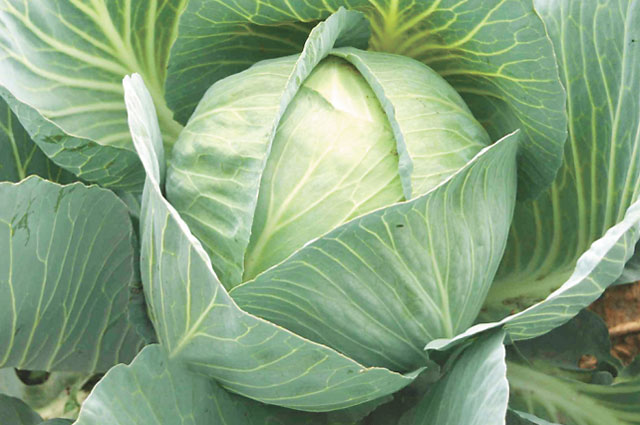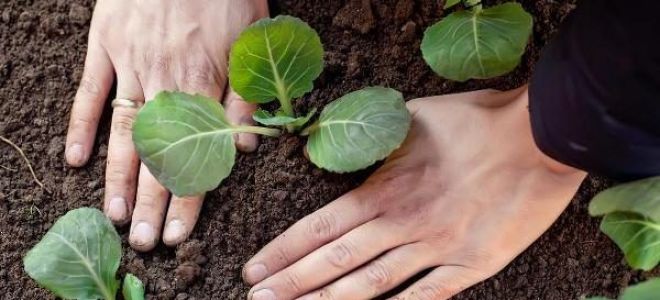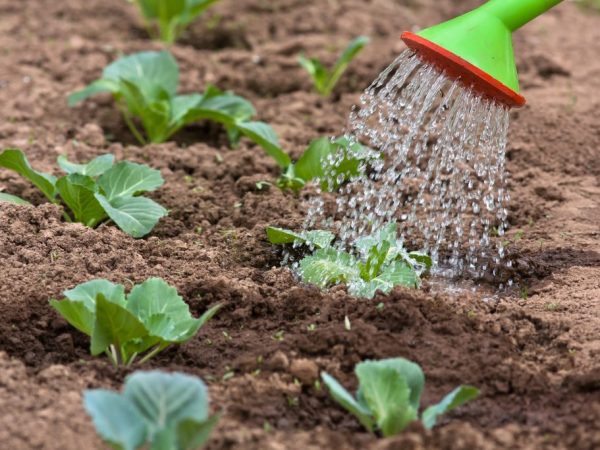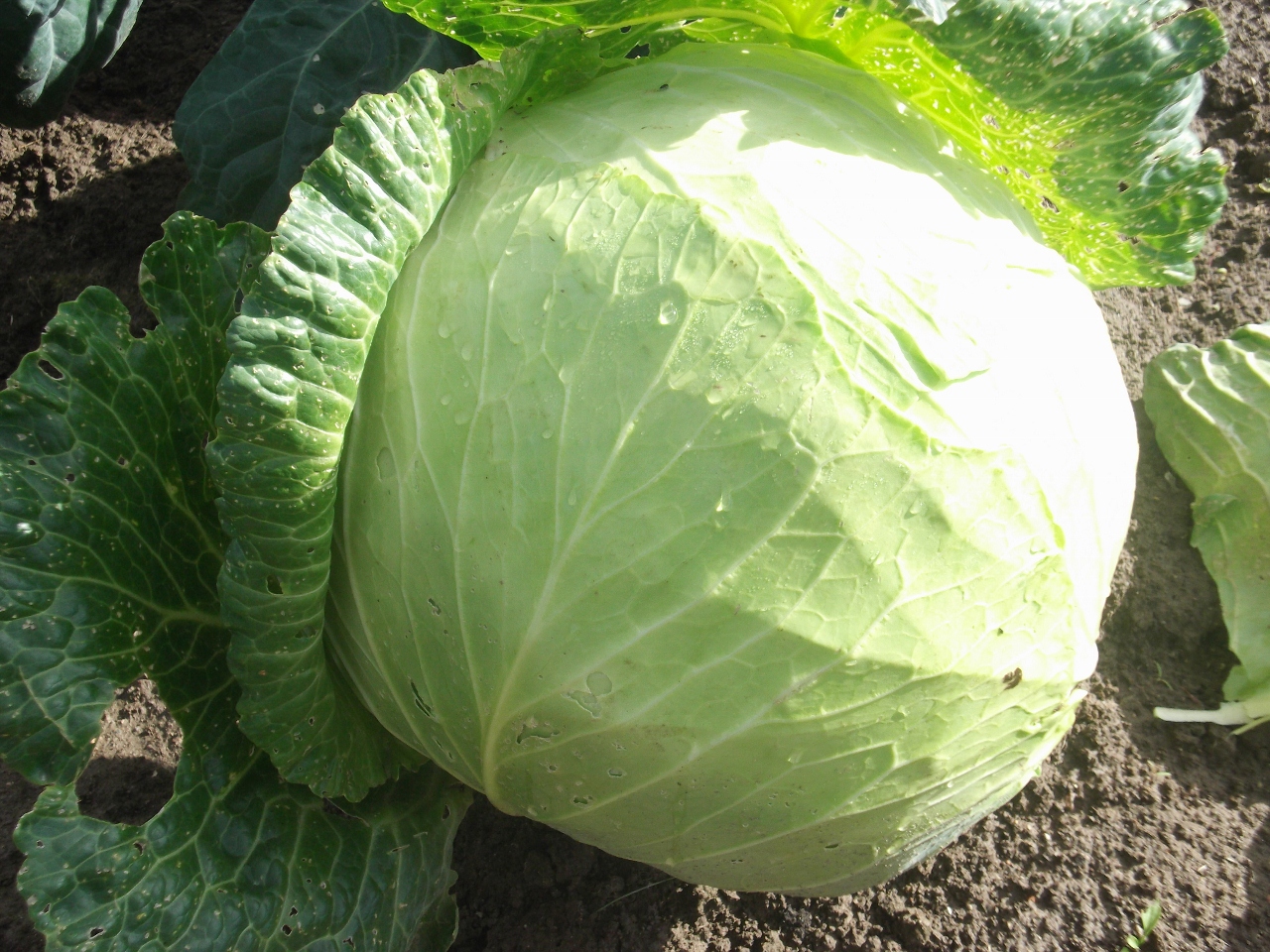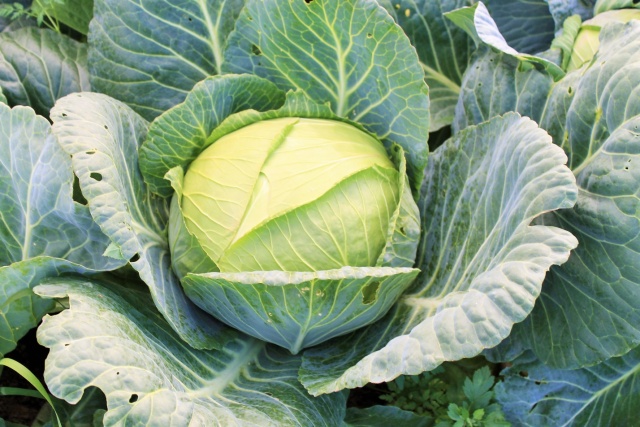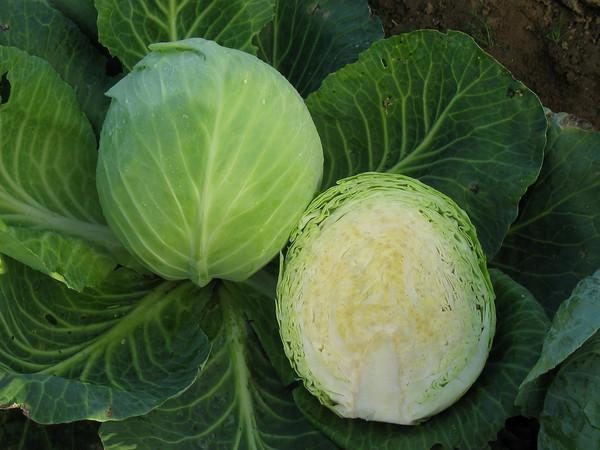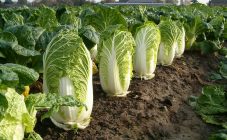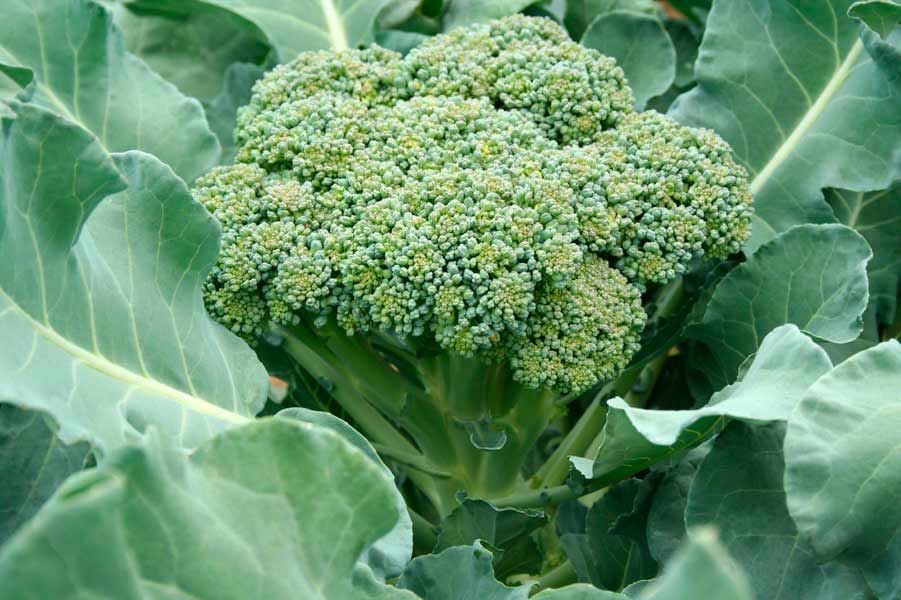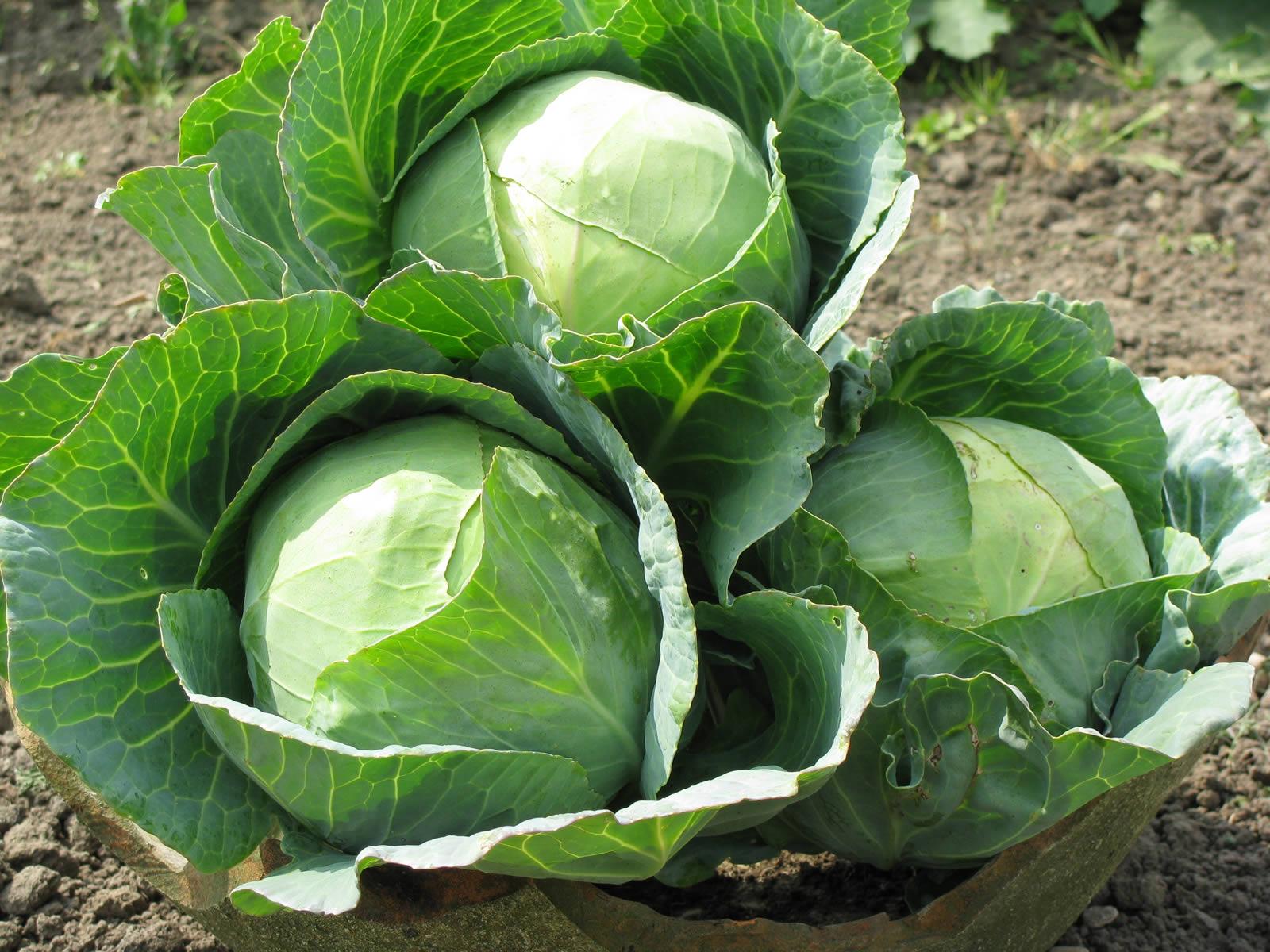Valentine's cabbage is a hybrid variety that was created in Moscow at the Timofeev breeding station. The variety was included in the State Register of Russia for Vegetable Crops in 2004. It is recommended to breed it in 10 regions of the country.
Description of the variety of cabbage Valentine
The variety belongs to plants with late ripening periods:
- After sprouting, at least 170 days pass before a full harvest is obtained.
- Cabbage leaves (they are of medium size) are gray with green veins. A strong wax coating is visible on them, and the edges of the plates are distinguished by slight waviness.
- The leaf rosettes are raised.
- The head of cabbage is round, rather dense. It is painted white inside. It has a short stump.
- The weight of the fruit ranges from 2 to 4 kg.
White cabbage Valentine can be stored for 6 to 7 months. It is consumed fresh and preserved for the winter. The transportation of cabbages is carried out at any distance due to the ability of the fruit to retain its shape under the influence of mechanical stress.
The main feature of Valentina is resistance to various diseases characteristic of various cabbage hybrids. Another positive characteristic of the variety is the ability to grow on peat and loamy soils. The crop yield is about 600-650 t / ha.
Agrotechnics
For the cultivation of Valentina, the seedling method is used. Seedlings are transplanted to open ground when they are 35-40 days old. When buying seeds, a farmer should strive to purchase planting material from well-known manufacturers, since it does not require preliminary disinfection and heating measures. The shelf life of Valentina's seed fund is 4 years.
To obtain seedlings, prepare a soil mixture. It is obtained in 2 ways:
- Mix 0.3 kg of river sand, 1000 g of turf, 3.7 kg of peat.
- Take 2.3 kg of humus, 0.2 g of sandy mass, 2.5 kg of sod land.
If possible, they buy special soil with the required acidity in the store. The seed is sown on damp soil, laid in separate containers. Fall asleep, each seed 10 mm of soil mixture. Using a spray bottle, moisten the plantings. Everything is covered with a lid and then transferred to a warm room.
Seedlings appear in 5 days. Containers with sprouts are opened, transferred under artificial light, or placed on a windowsill.
After 2 weeks, 1-2 leaves appear on the seedlings. Plants dive.
Then they are planted in peat pots. Before the procedure, green areas need to be watered.
It is recommended to plant green plants in the beds in early June. Each plant should have 5-6 leaves, and the height of the seedling should be at least 15-16 cm. The planting format for Valentina is 0.7 X 0.4 m.
The shoots are deepened to the first leaf, but the earth should not fall into the development zone of young shoots.
Cabbage care is as follows:
- It is necessary to regularly weed the weeds, while simultaneously loosening the soil under the bushes.
- Hilling of seedlings is carried out for the first time 7 days after planting, and then 4045 days after the transfer of plants to the beds. The soil is selected with a medium-sized glanders from a radius of 0.3 m. This procedure is carried out when the soil dries up after irrigation.
- Water the cabbage regularly (in the morning or late in the evening) with water at a temperature of 24-25 ° C. If the sun is shining, then 1 sq. m of the garden takes up to 20 liters of liquid, and when it rains, 15 liters are enough. After this operation, you need to loosen the soil under the bushes to a depth of 60 mm; you cannot flood the plants even in drought. Otherwise, the roots will die off. Watering is stopped 30 days before harvesting, and if the weather is dry, then this operation is completed in 20 days, otherwise the heads of cabbage will crack.
- Top dressing of seedlings is carried out for the first time 14-15 days after their transfer to the beds. To do this, use 0.5 liters of bird droppings, diluted in a bucket of water. Instead, you can use a mixture of 20 g of superphosphate, 10 g of urea and the same amount of potassium phosphate, diluted in 10 liters of water.
- The second top dressing is done 30 days after planting the bushes on the beds. The same fertilizer is used as in the first case. For each plant, no more than 1 liter of the mixture is poured.
- 15 days after that, a third feeding is carried out. To do this, dissolve in a bucket of water 0.5 liters of manure from a cow and 15 g of potassium phosphate.
- 21 days after the third feeding, another similar procedure is carried out. Do not allow fertilizer components to get on plant leaves. This causes them to burn.
- If the cabbage is affected by keel, then the ground is disinfected with fresh slaked lime. For 1 sq. m of beds requires 1500 g of substance. The drug Cumulus is often used to combat the disease.
- The prevention of apical rot consists in applying for every 1 sq. m beds 0.3 kg of phosphate rock. The soil under the bushes is treated with tobacco dust.
- If garden pests have appeared on the leaves of the seedlings, then they are destroyed by means of Bankol, Aktellik (midges), Iskra DE (belyanka).
- Slugs are scared away with wood ash, scattered under the bushes. Special traps are used against them or parasites are collected by hand, and then destroyed. Otherwise, they spoil 50% of the plants.
Advantages and disadvantages
A positive varietal trait for a hybrid is:
- Valentina's head does not crack.
- The plant has good immunity to various diseases.
- With a high yield, cabbage has a good taste that is not lost during long-term storage.
Late Valentine's cabbage has the following disadvantages:
- Does not tolerate excess moisture. Its roots begin to rot quickly.
- The area where the hybrid is grown must be well lit by the sun.
Valentina does not tolerate such a disease as apical rot. To combat it, an excess of nitrogen fertilizer should not be allowed in the top dressing.
